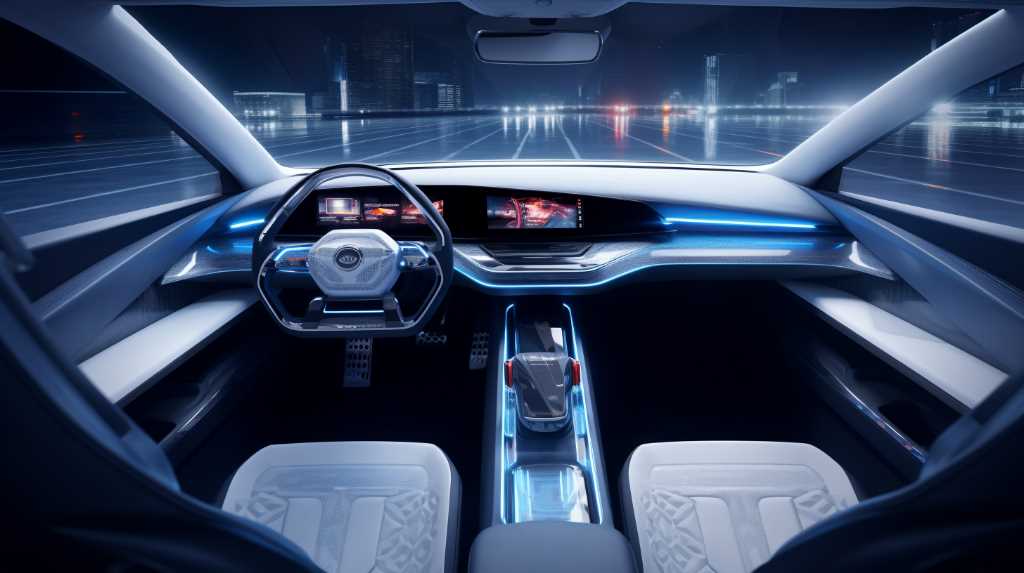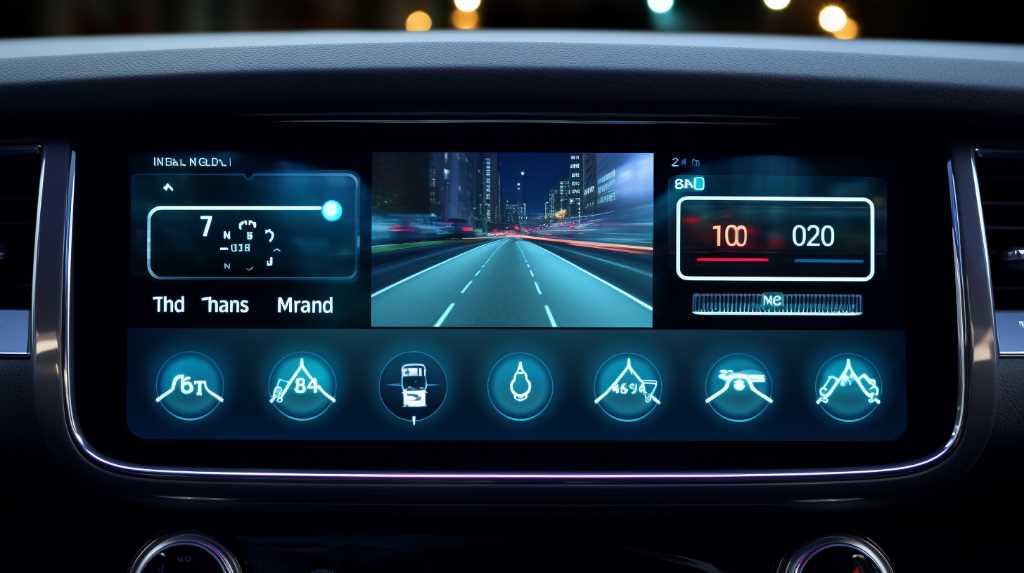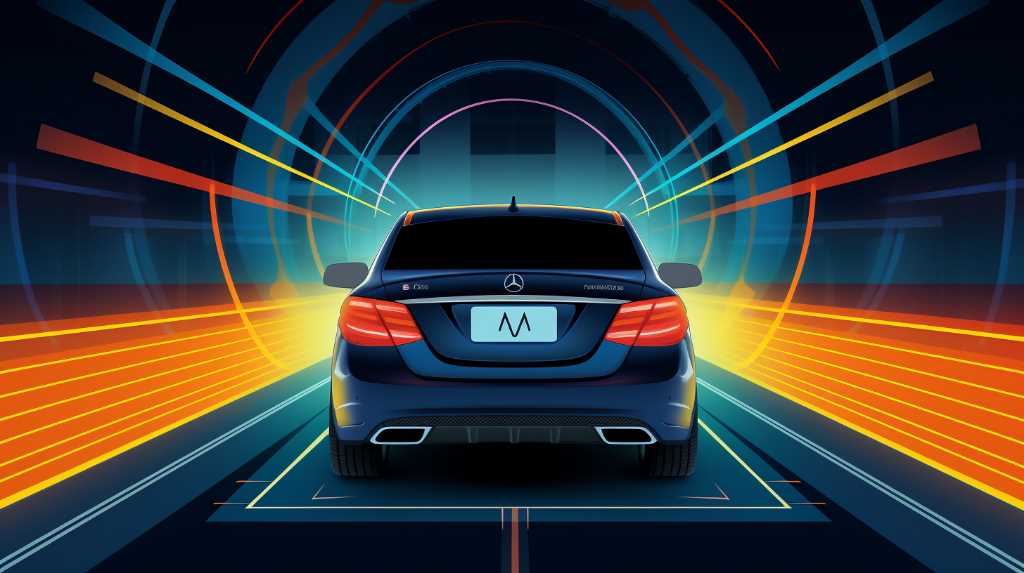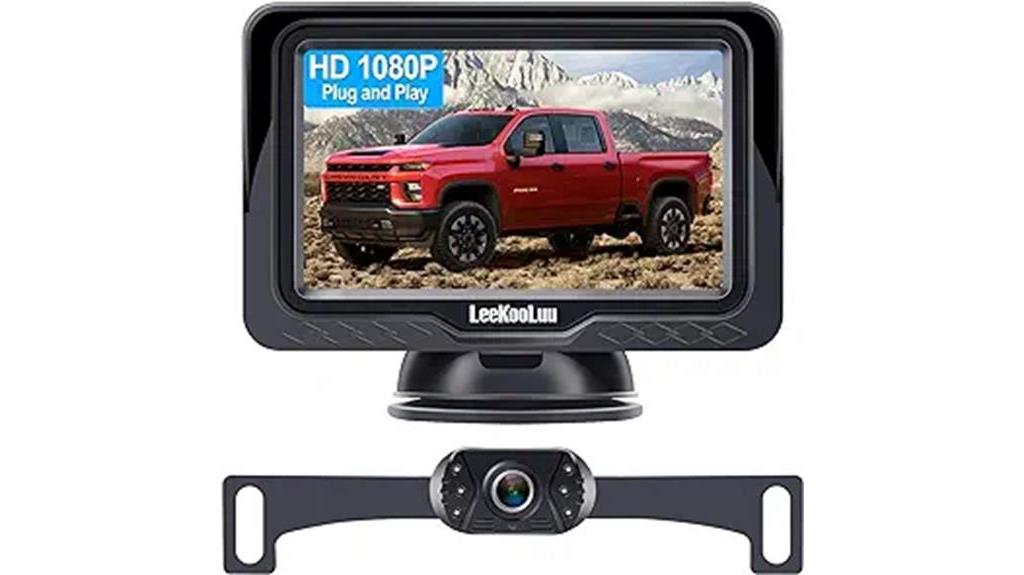Nearly 20% of car accidents occur in parking lots, but you’re about to see that number dwindle with new reverse parking technology leading the charge. As you settle into the driver’s seat, imagine sensors and cameras seamlessly guiding you into the tightest spots. You’re now part of an era where sensor fusion and AI transform your car into a co-pilot with spatial awareness that rivals your own. You’ll witness vehicles chatting with parking infrastructure to find you a spot, and dashboards that come alive with interactive displays and intuitive controls. And if that’s not enough, you’re on the brink of leaving parking to the intelligence of your smartphone, as autonomy shifts from a futuristic dream to your everyday reality. Dive into the world of reverse parking tech, where innovation makes the dreaded task of backing in as simple as a tap on your screen.
Key Takeaways
- Reverse parking technology has evolved from a manual maneuver to an automated convenience, with cars now equipped with sensors and cameras.
- Sensor fusion and AI are the cornerstones of reverse parking technology, allowing the system to alert and predict obstacles and take control if necessary.
- Vehicle-to-infrastructure communication streamlines the reverse parking process by allowing cars to receive data from sensors embedded in the parking environment, instantly knowing where open parking spots are and being alerted to specific parking rules or restrictions in real-time.
- User-friendly features, such as interactive displays, dynamic guidelines, touch-sensitive panels, and smartphone integration, enhance the reverse parking experience and give drivers unprecedented control and convenience.
Evolution of Reverse Parking
Reverse parking has transformed from a manual maneuver to an automated convenience you can rely on. In the past, you’d twist and turn, peering over your shoulder to gauge the distance between your car and the potential hazards. It was a skill that took time to master, often accompanied by the occasional bump or scrape. Now, technology’s taken the wheel, and you’re witnessing a shift to a hands-off approach.
Today, you’ve got cars equipped with sensors and cameras, offering a clear view of what’s behind you without the neck-craning gymnastics. You just press a button, and the car slides into the spot as if it’s second nature. These systems don’t just assist; they’ve become proactive co-pilots. They calculate angles and distances, making minute adjustments that ensure you’re not just parked, but perfectly so.
Innovation hasn’t stopped there. You’re seeing an uptick in systems that integrate with your smartphone, giving you the ability to park your car remotely. Picture this: you’re running late for a meeting, you hop out at the entrance, and your car finds a spot on its own. That’s not just convenient; it’s a game-changer.
Sensor Fusion and AI
You’ll find that sensor fusion and AI are the cornerstones of the latest reverse parking technologies, seamlessly integrating data from multiple sources to guide your vehicle into a spot with precision. Imagine a symphony of sensors – ultrasonic, radar, and cameras – all working in concert, managed by advanced algorithms. The AI processes this barrage of information in real-time, making sense of the surroundings far beyond human capabilities.
As you maneuver your car, the system not only alerts you to obstacles but also predicts the trajectory, taking control if necessary. It’s not just about avoiding a fender bender; it’s about weaving through the environment with an elegance that’s almost artistic. You’re no longer just parking; you’re co-piloting with a system that learns from every maneuver, adjusting to your personal driving style over time.
What’s more, this technology isn’t confined to luxury models. It’s rapidly becoming standard in a wide range of vehicles, making reverse parking a stress-free task. The integration of sensor fusion and AI signifies a leap forward in automotive safety and convenience, ensuring that even in the tightest of spaces, you’re in control, effortlessly sliding into that perfect parking spot.
Vehicle-to-Infrastructure Communication
Diving into vehicle-to-infrastructure communication, you’ll notice your car’s ability to interact with parking facilities, streamlining the reverse parking process even further. This innovative tech, often abbreviated as V2I, allows your vehicle to receive data from sensors embedded in the parking environment. Imagine pulling into a lot and your car instantly knows where the open spots are. That’s V2I at work.
You’re no longer just relying on on-board cameras and sensors. Instead, your car’s system communicates with external tech to identify the best parking spot and the most efficient route to get there. This means less circling around looking for space and a quicker transition from driving to parking.
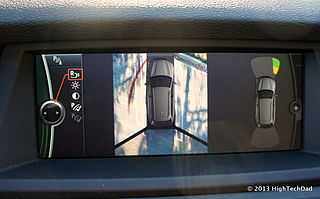
Moreover, V2I technology can alert you to specific parking rules or restrictions in real-time. Say goodbye to accidentally parking in a restricted zone or missing out on closer spots because you didn’t have the latest information. It’s all about making parking a seamless part of your driving experience.
As this tech advances, expect even more interactive features that could guide you through the entire parking process with minimal input. You’re at the forefront of a revolution in driving convenience, where your car does the heavy lifting, and you reap the benefits.
Interactive Displays and Controls
As you engage with the latest reverse parking technologies, interactive displays and controls become your intuitive co-pilots, simplifying the task with real-time visual and tactile feedback. Gone are the days when reversing was a game of mirrors and guesswork. Now, you’ve got high-definition screens that paint a clear picture of what’s behind you. Dynamic guidelines twist and turn on the display, mirroring your steering inputs to predict your trajectory.
Touch-sensitive panels and voice commands have also entered the fray, ensuring you’re not fumbling with buttons or dials. You can adjust camera angles or parking assist sensitivity with a simple swipe or a spoken word. Haptic feedback from the steering wheel or seat can alert you to proximity with obstacles, adding another layer of sensory information.
Manufacturers aren’t just throwing tech at you for the sake of it; they’re tailoring these systems to be more user-friendly. Customizable settings allow you to tweak the system’s responsiveness and the information presented. So whether you’re a seasoned driver or a nervous parker, the latest interactive displays and controls are there to guide you smoothly into that tight spot.
Smartphone Integration and Autonomy
Integrating your smartphone with reverse parking technology, you’re gaining unprecedented control and convenience right from your pocket. Manufacturers are rolling out apps that let you connect to your vehicle’s parking system, giving you the power to monitor and maneuver your car into tight spots without even being behind the wheel.
Imagine you’re approaching a crowded parking lot. Instead of circling for a space, you simply step out, tap your phone, and watch as your car parks itself. This isn’t just a concept; it’s the direction reverse parking tech is heading. Smartphone integration means your parking experience is personalized. You can adjust settings, save your preferences, and even receive tips for better parking, all via an app.
But it doesn’t stop there. With autonomy creeping into the mix, your car isn’t just parking on command; it’s learning. Each maneuver teaches the system how to improve, adapting to different environments and obstacles. You’re not just using a smart tool; you’re collaborating with an intelligent system that evolves. The future of reverse parking is here, and it fits snugly in your hand, ready to tackle the most daunting of parking challenges.
Frequently Asked Questions
How Does the New Reverse Parking Technology Accommodate Drivers With Disabilities or Special Needs?
You’ll find the latest parking tech includes features like voice commands and adaptive controls to help drivers with disabilities park more easily and safely, ensuring accessibility is a priority in its design.
Can the Latest Reverse Parking Systems Be Retrofitted Into Older Vehicles, or Are They Only Available in New Models?
You can retrofit the latest reverse parking systems into older cars, but it’s generally easier and more integrated when they’re included in new models right off the assembly line.
How Does Inclement Weather Affect the Accuracy and Reliability of the New Reverse Parking Technology?
You’ll find that heavy rain, snow, or fog can reduce the accuracy and reliability of reverse parking systems, potentially leading to less precise guidance and increased risk of minor bumps or collisions.
What Are the Implications of Reverse Parking Tech on Car Insurance Premiums and Accident Rates?
You’ll likely see lower insurance premiums and fewer accidents with reverse parking tech, as it reduces the risk of collisions and may incentivize insurers to offer discounts for safer, tech-equipped vehicles.
Are There Any Privacy Concerns With the Data Collected by These Advanced Parking Systems, and How Is User Data Protected?
You should be aware that advanced parking systems may raise privacy concerns due to the data they collect. It’s crucial that manufacturers implement robust protections to secure your personal information.
Conclusion
You’ve seen how reverse parking has evolved, from simple sensors to AI-driven systems. With vehicle-to-infrastructure communication, you’re now part of a smarter driving network. Interactive displays and controls have streamlined the experience, while smartphone integration ensures you’re in control, even outside the car. This isn’t just about convenience; it’s a leap towards full vehicle autonomy. Embrace these innovations – they’re not just making parking easier, they’re paving the way for the future of driving.
Related Articles
Be sure to also check out these articles right here at Motion Performance Motorsports
The Complete Buyers Guide for Backup Cameras
Next Backup Camera Article: Backup Cameras: CCD Vs CMOS Sensors
Previous backup Camera Article: What Are Your Options for Wireless Parking Assist Cameras?

Hey there, I’m Terra Frank, the driving force behind Motion Performance Motor Sports. I’m thrilled to have you here, exploring the fascinating world of cars, trucks, and everything related to automotive performance and accessories.
